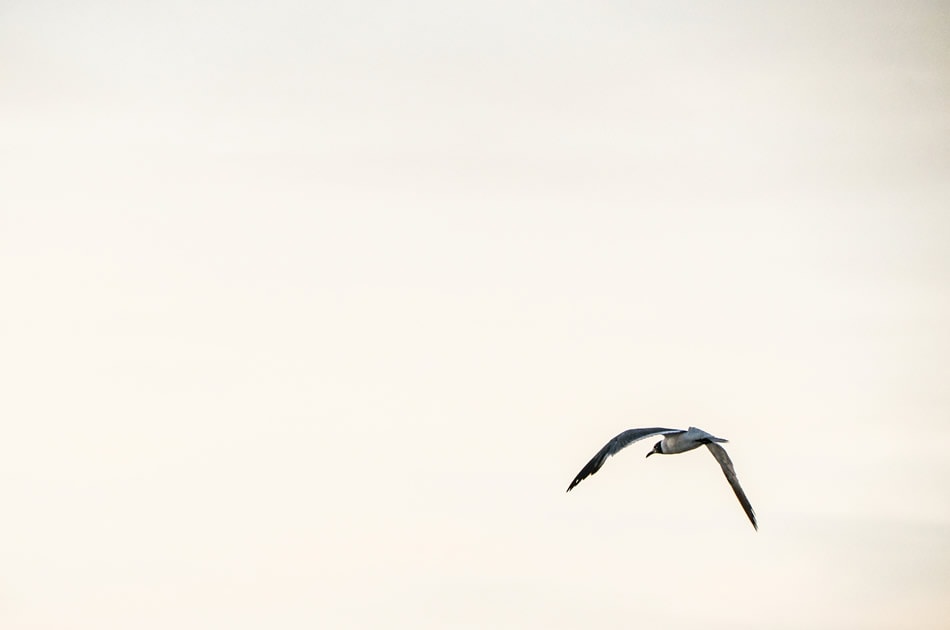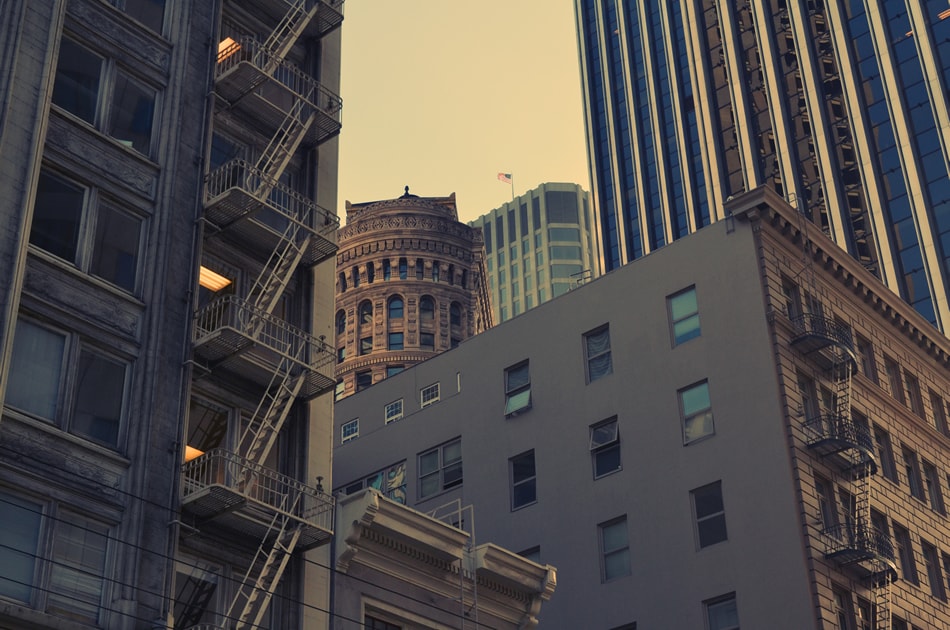So When Should You Use Manual and Auto Focus?
In photography, there are times when it’s best to use manual focus and other times when it’s better to use auto focus. Of course, the huge trick is being able to tell when each is suitable for the situation you’re tackling!
That’s what this article will help you successfully identify when you’re all done reading it.
An attribute of every good photographer is being able to tell what specific shooting situations lend themselves better to one style of focus over of the other. As you gain more experience in your career, this’ll eventually become like second nature.
Until being able to tell becomes more automatic and intuitive, here are some pointers to help you identify the appropriate situations easily.
When to Use Manual: Macro Photography
Macro photography is taking shots of typically very small subjects extremely close-up. For instance, shooting a bug’s eye up close and personal is an example of macro photography.

Unfortunately, when it comes to auto-focus, a lot of camera lenses have a hard time to focus on the subject if it’s very close to the lens. As a result, there can be issues with lock-on that occur, such as the lens clumsily switching the focus point backwards and forwards, or missed focus, where your lens focuses on the incorrect point.
That’s why manual focus is the better choice for macro photography, as it gives the photographer more control over the situation.
When to Use Auto: Bird Photography
Auto focus has been a great friend for all the bird lovers out there who are also avid photographers since auto focus has made it easier than ever to successfully shoot birds in nature.

The argument goes that today’s nature/bird photography wouldn’t really be possible without auto focus, especially when you consider specific bird shots, like birds in flight.
Also, auto focus simply produces sharper pictures of birds than manual focus can ever hope to. When you’re sitting back and admiring your neat, new collection of bird images, it’s more enjoyable to review images that are extremely sharp. This goes double for when you’re showing off your nice bird photography to impressed viewers.
When to Use Manual: Landscape Photography
It’s no secret that landscape photography is one of the most popular genres of photography, so it’s somewhat surprising that there’s still some confusion about whether to use manual or auto for this type of shot. You’d think that everyone would be on the same page already!

Manual is the focus of choice for landscapes, simply because auto focus sometimes fails to home in on exactly the point that you want, when you want.
Know that you’ll have to slow down considerably when using manual for landscapes. However, this more methodical approach to landscapes comes with a huge benefit: You can position the focus at just the proper distance, so that you can enjoy the exact depth of field that you want your image to have.
The thing with landscapes is that you’ll never be pressed for time when taking them. Unlike action and sports photography, landscapes demand your presence for long periods of time, as you’re typically setting up your shot for a while and are already camped out in nature. This is to your advantage as you necessarily have to slow down to nail both the focal points and composition just right.
When to Use Auto: Moving Subjects
When your subjects are moving unpredictably quickly, such as in action and sports shots, then it’s far better to use auto focus during your shoots. You’ll want to pick the continuous autofocus mode because the camera’s going to constantly adjust the lens’ focus while the subject moves closer or farther away from the camera.

That said, though, this is where it gets interesting when you want to take pictures of moving objects. It can’t hurt to first manually pre-focus your lens – as long as you know the subject’s going to be moving in an expected trajectory – on a specific point and then wait until the subject finally gets there.
When you use this manual-then-auto approach, you get to circumvent any delays that autofocus usually causes. Bonus: You’ll also have a say in how the picture’s composition turns out prior to the subject getting into the frame!
When to Use Manual: Low-Light Situations
Manual is the go-to option for any low-light shot.

Simply put, manual focus gives you more advantages. For instance, let’s say you’re in Live View mode and snapping pictures with a DSLR. Your screen or viewfinder usually will enhance the image sufficiently, so you have a chance to get the image as sharp as you want.
Of course, the downside with auto focus in low-light situations is that they’re prone to dysfunction because they require a bit of light and some contrast to work in the first place!
When to Use Auto: Still Photography
Essentially, still photography is creating and producing non-moving photography. Think of movie or TV stills for promotional purposes as examples of this type of photography. It shouldn’t be confused with still life photography, though, which is taking pictures of inanimate objects (like a lamp!).

Auto focus comes with quickness and precision that manual focus just doesn’t have. Therefore, it is the best choice for still photography, hands down. On the other hand, manual focus is usually acceptable for still photography when an auto-focus system is likely to fail or if you’re looking to focus precisely on a part of the image.
An Interesting Choice
Now you’re seeing that photography is always about choices – making the right choices, to be exact. Based on your selection of either manual or auto focus for specific shots, you can greatly help or really sink your images. As with all things in life, it’s vital to know exactly when to apply certain methods.
It won’t do you any good to use manual focus when you’re taking pictures of race cars at an Indy 500, and you won’t get nice images if you use auto focus in low-light situations that work against auto focus. Of course every shooting situation is different and you should always go with what you believe is best for the scene.
By following this handy, little guide, you’re well on the way to photography supremeness… since you now know when to use manual and auto focus!
Happy shooting!
